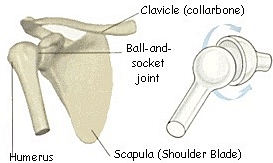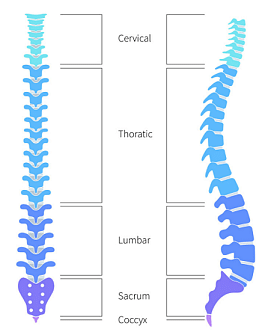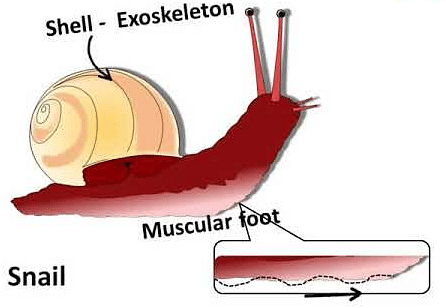UPSC Exam > UPSC Tests > Science & Technology for UPSC CSE > MCQ: Body Movements - UPSC MCQ
MCQ: Body Movements - UPSC MCQ
Test Description
10 Questions MCQ Test Science & Technology for UPSC CSE - MCQ: Body Movements
MCQ: Body Movements for UPSC 2024 is part of Science & Technology for UPSC CSE preparation. The MCQ: Body Movements questions and answers have been
prepared according to the UPSC exam syllabus.The MCQ: Body Movements MCQs are made for UPSC 2024 Exam. Find important
definitions, questions, notes, meanings, examples, exercises, MCQs and online tests for MCQ: Body Movements below.
Solutions of MCQ: Body Movements questions in English are available as part of our Science & Technology for UPSC CSE for UPSC & MCQ: Body Movements solutions in
Hindi for Science & Technology for UPSC CSE course. Download more important topics, notes, lectures and mock
test series for UPSC Exam by signing up for free. Attempt MCQ: Body Movements | 10 questions in 10 minutes | Mock test for UPSC preparation | Free important questions MCQ to study Science & Technology for UPSC CSE for UPSC Exam | Download free PDF with solutions
MCQ: Body Movements - Question 1
A group of similar cells specialized to perform a particular function is
Detailed Solution for MCQ: Body Movements - Question 1
Detailed Solution for MCQ: Body Movements - Question 2
| 1 Crore+ students have signed up on EduRev. Have you? Download the App |
MCQ: Body Movements - Question 3
The joint which helps in rotating a body in all directions is called _______
Detailed Solution for MCQ: Body Movements - Question 3
Detailed Solution for MCQ: Body Movements - Question 4
Detailed Solution for MCQ: Body Movements - Question 5
Detailed Solution for MCQ: Body Movements - Question 6
Detailed Solution for MCQ: Body Movements - Question 7
Detailed Solution for MCQ: Body Movements - Question 8
Detailed Solution for MCQ: Body Movements - Question 9
Detailed Solution for MCQ: Body Movements - Question 10
|
146 videos|358 docs|249 tests
|
Information about MCQ: Body Movements Page
In this test you can find the Exam questions for MCQ: Body Movements solved & explained in the simplest way possible.
Besides giving Questions and answers for MCQ: Body Movements, EduRev gives you an ample number of Online tests for practice
|
146 videos|358 docs|249 tests
|
Download as PDF




















